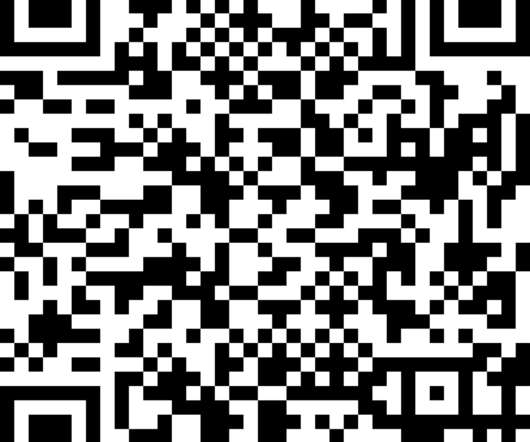RFID: The Key to Improving Visibility
20Cube Logistics
JANUARY 28, 2020
RFID (Radio Frequency Identification) is one such innovation which is widely used in Supply Chain and Logistics as it’s efficient and saves time. What’s RFID? RFID is a tool to read & understand digital data encrypted in RFID tags through a reader via radio waves. RFID for container tracking.















































Let's personalize your content